2nd METAL3D Conference doubled the number of participants
The fully sold-out II METAL3D Additive Manufacturing and Digitalization Conference was a huge success with the professional audience. On 6 June, nearly 200 industry and education professionals interested in Additive Manufacturing and digitisation attended the METAL3D Conference to share their own Metal 3D Printing user experiences. This year’s event attracted more than twice as many participants as last year’s conference, and saw a significant increase in the professional content.
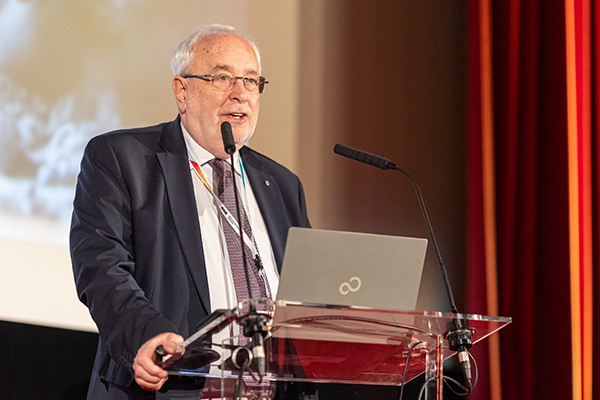
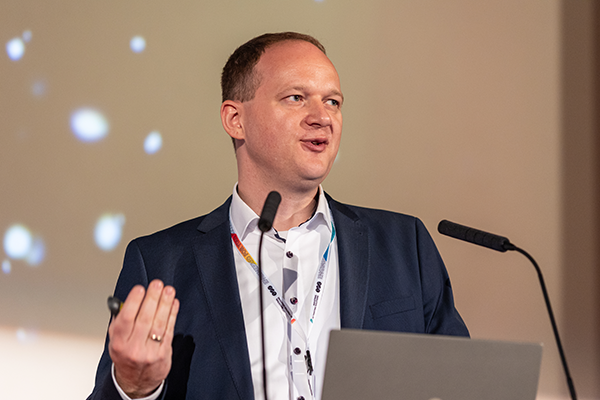
After an introduction by communications specialist Balázs Tőrös, the event was opened by György Falk, Gábor Dénes Prize-winning Mechanical Engineer and Professor of Industry at the Budapest University of Technology, who presented the advantages of 3D printed metal parts with conformal cooling.
Metal 3D Printing allows you to produce parts equivalent to casting or conventional machining without the need for tooling. In this technology, the role of the support is to conduct heat. Zoltán Fehér from SinterAM Ltd. spoke about the possibility of supportless Metal 3D Printing, which is fundamentally revolutionising the field of Metal 3D Printing.
The keynote speaker of the event was Markus Glasser, Vice President of EOS. He introduced exciting applications such as Additive Manufacturing of 3D printed heat exchangers for increased efficiency, Additive Manufacturing of more efficient electric motors from Copper, and mass production of various gas turbine components from special metallurgical alloys.
As the market leader in Metal 3D Printing, EOS is often confronted with specific needs. That’s why AMCM was established to tailor EOS 3D printers to the specific needs of its customers. Detlef Scholz talked about these special solutions in his exciting presentation.
EOS has been the world’s most advanced manufacturer of laser melting, powder bed fusion Metal 3D Printing equipment for 35 years, providing sustainable solutions worldwide. Since 1994, it has been manufacturing metal Additive Manufacturing equipment with DMLS = Direct Metal Laser Sintering technology, the name of the technology. With its globally unique research and development, DMLS technology is consistently 10-15 years ahead of its competitors.
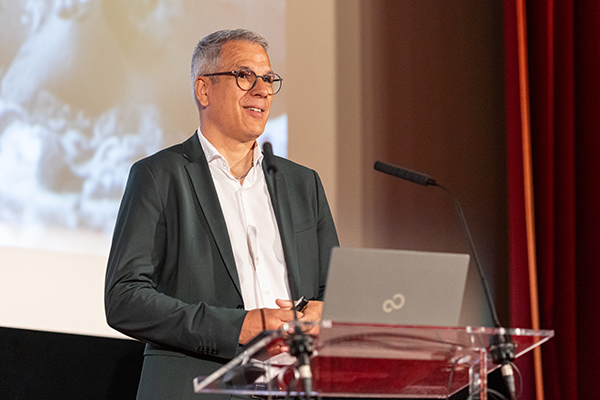
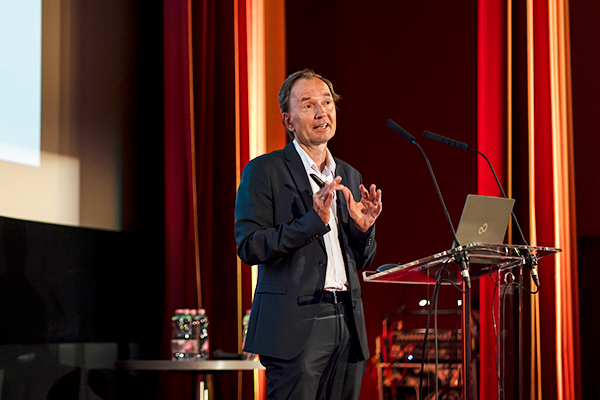
After the exciting opening presentations about the technology, Olívia Marossy and Bálint Prakter, Design Engineers of Knorr-Bremse Railway Vehicle Systems Hungária Kft., presented how to replace traditional metal parts in critical applications such as the production of railway brake systems. The company has been developing metal Additive Manufacturing technology since 2018. Today, the company is not only manufacturing spare parts, but has also built a complete Competence Centre based on its EOS M290 equipment. As they say, „the future will be exciting for rail transport, and while it is unlikely that 3D printed trains will be running, Additive Manufacturing will definitely make its mark alongside traditional technologies.”
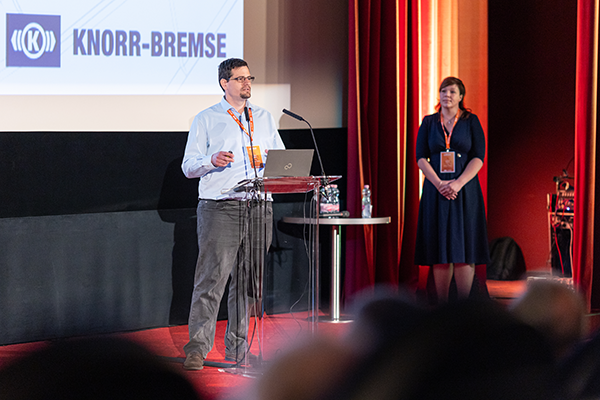
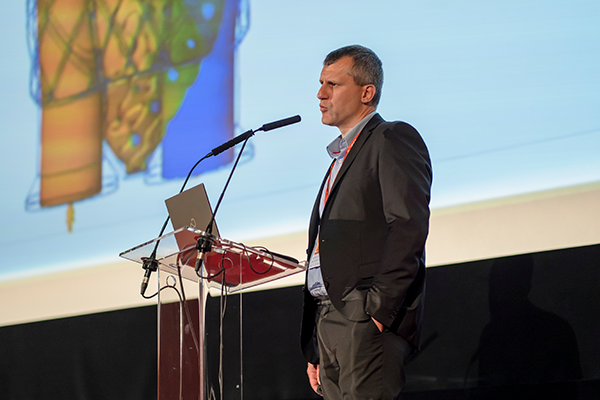
Software and 3D scanner solutions related to Metal 3D Printing were also part of the programme of the II METAL3D Conference. 3D scanning helps to create 3D files of older parts and tools, to check the dimensions and geometry of them – Ádám Sereghy introduced the participants to the secrets of the process.
István Ott, FEA Group Manager of Kontron Hungary Kft., gave a presentation on software that helps engineers in the field of optimization.
During Metal 3D Printing, the metal powder is melted in a controlled environment in a protective gas. Thermodynamics and the removal of excess heat are key to the process. Bálint Kiss, software support engineer at Econ Engineering, demonstrated how the manufacturing process can be optimised by simulation and finite element analysis.
Three educational institutions were represented at the Conference. István Hatos, Assistant Professor at Széchenyi István University, gave a presentation on the relationship between the production of injection moulding tools and Metal 3D Printing, and the process of 3D printing of tool inserts.
The University of Debrecen has been working on patient-specific implants for many years. Lóránd Csámer gave a presentation on their experience of using their own Titanium manufacturing device.
The manufacturability of additive lattice structures is a major advantage for industry and healthcare. At the University of Szeged, the focus of research is on the investigation of lattice structures, and the audience had the opportunity to learn more about this from Dr. Zsolt Geretovszky, Head of the 3D Centre at the University of Szeged.
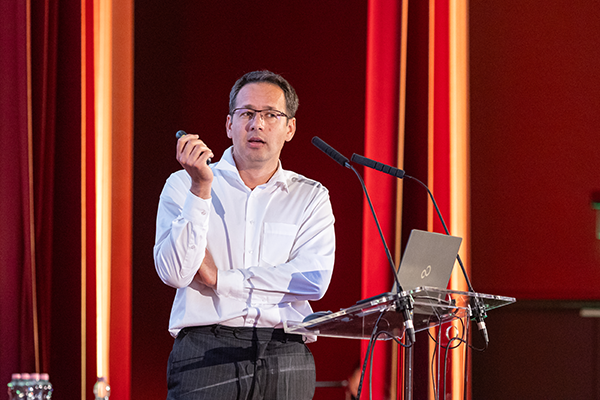
The programme of the Conference was closed by a round-table discussion, in which Olívia Marossy and Bálint Prakter from Knorr-Bremse Kft., Ferenc Nyirő, Business Unit Manager of Kontron Hungary Kft. and Gábor Halász, Welding and Cutting Consultant of Messer Hungarogáz Kft. discussed the advantages and application possibilities of Metal 3D Printing.
Besides the presentations, the exhibition area also hosted a number of educational and industrial companies, as well as representatives of the media.
Due to the overwhelming interest, METAL3D Conference will be held again next year, on 5 June 2025.
